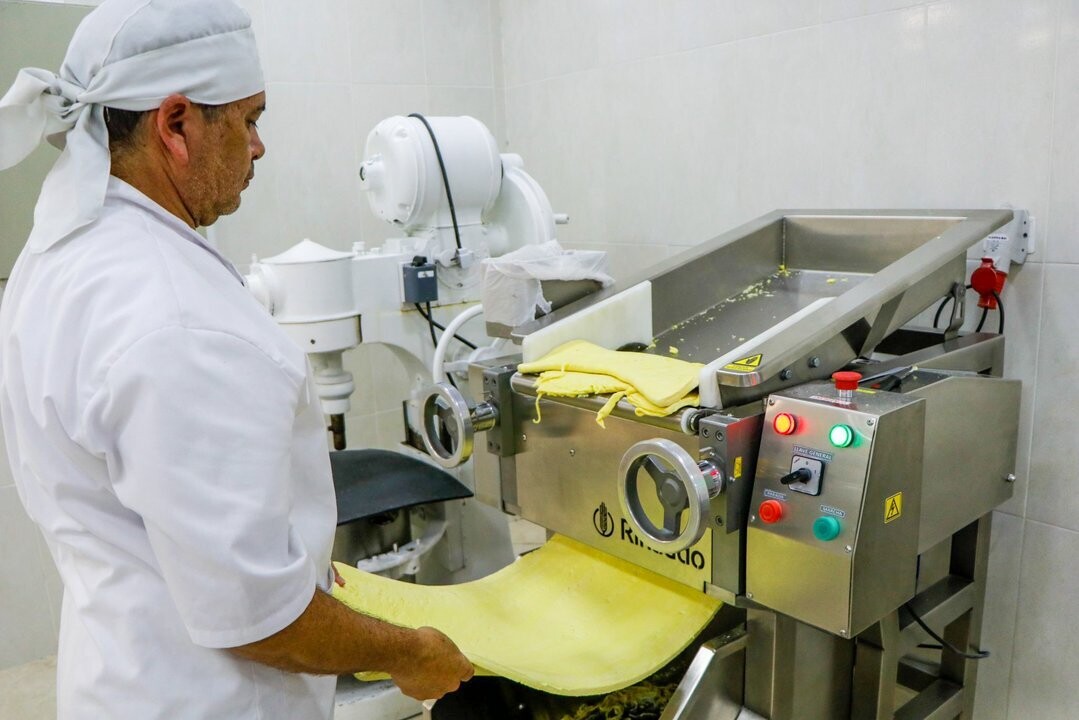
In January, the utilization of installed capacity in the industry was around 55%, a figure slightly higher than the 54.6% recorded in the same month of the previous year. This data was released by the National Institute of Statistics and Census (INDEC).
The sectors that stood out for their high capacity utilization were oil refining (84.6%), paper and cardboard (67.3%), chemical substances and products (66.0%), food and beverage products (61.0%), and basic metal industries (59.3%). In contrast, the sectors with the lowest use of their installed capacity were textile products (33.9%), the automotive industry (34.8%), and metalworking excluding the automotive industry (38.1%).
Comparing with December 2024, there is a decrease of 1.7 percentage points from the 56.7% recorded at that time. The numbers also reveal that some areas have experienced significant changes. For instance, the production of chemical substances and products increased from 57.1% to 66.0%, driven by greater processing of plastic raw materials and basic chemical products. Likewise, the food and beverage sector showed an increase, reaching 61.0%, compared to 57.7% in the previous year, due to an increase in the milling of oilseeds.
However, the basic metal industries suffered the largest drop, with a utilization rate of 59.3%, far below the 76.3% recorded in January 2024. According to the Argentine Steel Chamber, crude steel production experienced a year-on-year decrease of 26.5% in the analyzed month.
The INDEC report is based on a study conducted among 600 to 700 companies, which allows measuring the degree of utilization of the industry's productive capacity in relation to its maximum capacity. This decline in the utilization of installed capacity is partly attributed to lower activity in sectors such as food and beverage products, which fell from 65.9% in December to 61.0% in January, and in chemical substances and products, which decreased from 64.0% to 66.0%.













